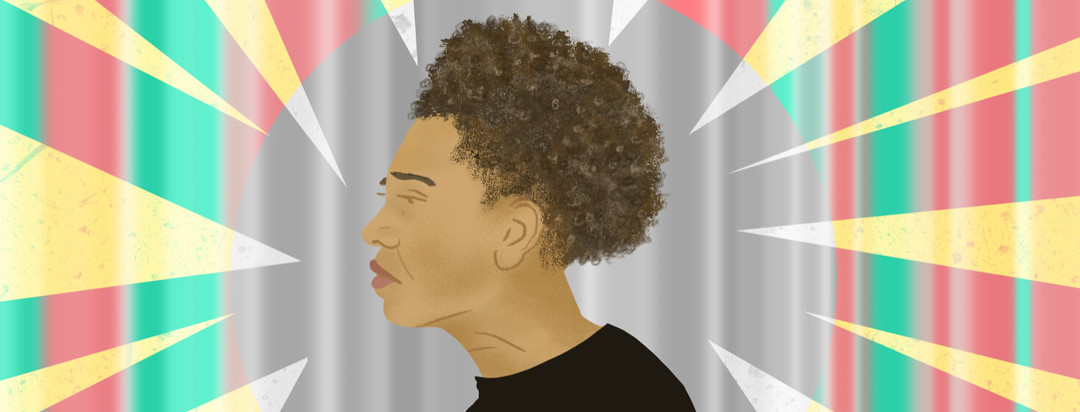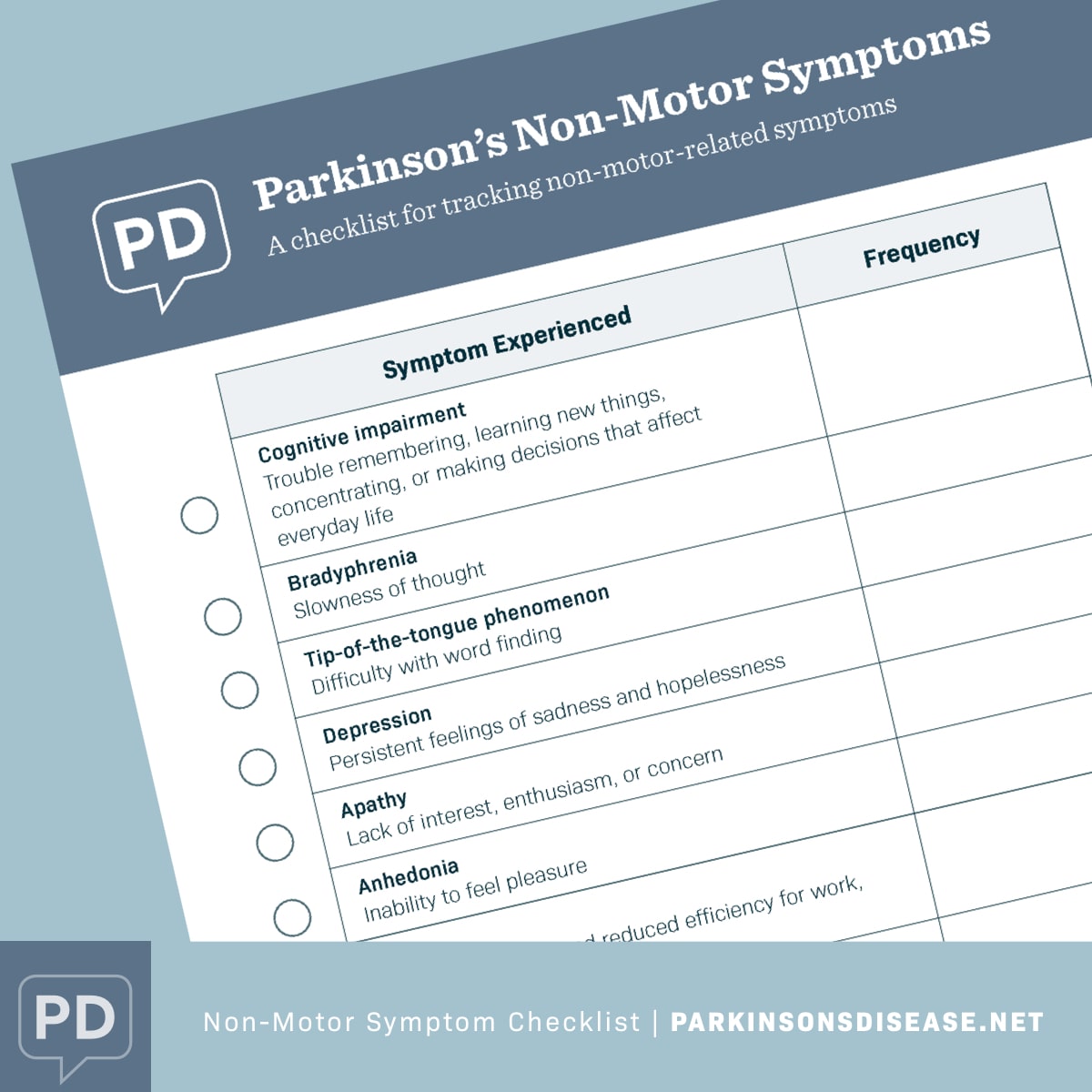Primer on Parkinson's (Part 3B): Non-Motor Symptoms
This part of the multi-part series focuses on depression, apathy, and sensory symptoms.
A checklist of non-motor symptoms is provided at the bottom of the post. It can be used as a reference and resource when you attend your next doctor's appointment.
"There is no medicine like hope, no incentive so great, and no tonic so powerful as expectation of something tomorrow." Orison Swett Marden
Depression in Parkinson's
The most common neuropsychiatric symptom in Parkinson's is depression. The feelings of sadness and hopelessness from depression can typically begin before the motor symptoms of Parkinson's becomes apparent.
Parkinson's-related depression is not merely the carryover sadness and shock of the diagnosis. It is linked to several changes in the brain. However, literature surveys suggest that depression from Parkinson's is frequently undiagnosed due to overlapping symptoms from both disorders.
Treatment of depression symptoms in Parkinson's is accomplished using traditional anti-depressants and some dopamine agonists. Importantly, while depression in Parkinson's is quite prevalent, successful treatment and management of depression symptoms and response to treatment demand vigilance by the patient and physician. Try to remember, "You don't have to control your thoughts; you just have to stop letting them control you." Dan Millman
Apathy in Parkinson's
Motivation drives one to pursue the desired goal and to sustain goal-directed activities. Apathy is the absence of this motivation. Apathy and depression are separate clinical disorders that both occur in Parkinson's.
Apathy leads to a lack of interest in doing something and a loss of enthusiasm or concern and enjoyment from life activities. Dopaminergic therapy to treat Parkinson's may or may not impact apathy. However, there are newer clinical studies to suggest that some compounds are clinically effective in treating apathy. Thus, apathy can reduce the quality of life in people-with-Parkinson's (PwP).
Apathy reduces age-associated activities and impacts the ability to manage all of the symptoms of Parkinson's. It is important to distinguish apathy, depression, cognitive impairment, and anhedonia (the inability to feel pleasure). Apathy frequently occurs as one of the most common psychiatric symptoms in neurodegenerative diseases, like Parkinson's.
Emerging evidence suggests we will be better able to use dopaminergic drugs to treat apathy by improving the psychological aspects of motivation. The end-result of apathy is a bizarre feeling to something you truly care about, but now you have lost interest.
Apathy has snuck in on occasion to me, especially when I'm overly tired, and I do not want to exercise. Be aware and work hard to reduce apathy if it's one of your symptoms because, as John Stott says, "Apathy is the acceptance of the unacceptable."
Sensory symptoms in Parkinson's
The sensory symptoms lost or reduced in Parkinson's comprise our sense of taste and smell, visual and hearing, and pain. Interestingly, sensory symptoms occur on the same side of the body that initially experienced motor defects. Furthermore, these symptoms are not typically noticed by physicians, and thus, they remain poorly treated. Sensory-related symptoms of Parkinson's can go unrecognized and, therefore, can remain untreated.
Taste (ageusia) and smell (hyposmia)
Taste and smell issues are sometimes the first signs of Parkinson's. The olfactory bulb is the region of the brain where the smell is first analyzed, and this is just another region of the brain affected in Parkinson's. I have been very lucky because my ability to taste and smell food are both still intact (although somewhat diminished).
Pain
Pain is a common symptom of Parkinson's. There is a pain in bone, joints, and muscles (musculoskeletal). there is also nerve pain (radicular). There is dystonic pain, which is due to the disorder itself or from a dopaminergic treatment response. And finally, there is central pain, which is due to changes (damage) in the brain.
It's so helpful to keep track of your pain in a notebook and describe it to your physician or neurologist. The mechanism behind this increased sensitivity to pain in Parkinson's is not well understood. However, levodopa-containing products can be used to manage pain, which implicates dopamine-related pathways that participate in the processing of pain in Parkinson's.
Live day-by-day as we navigate this disease
Please keep in mind, these two posts (Part 3A and Part 3B) cover several symptoms that can occur in some PwP, not everyone. However, if affected by one (or more) of these non-motor conditions, learn as much as you can, stay focused, and work hard within yourself.
In closing, try to remember the words of Maya Angelou:
"The ship of my life may or may not be sailing on calm and amiable seas. The challenging days of my existence may or may not be bright and promising. Stormy or sunny days, glorious or lonely nights, I maintain an attitude of gratitude. If I insist on being pessimistic, there is always tomorrow. Today I am blessed."


Join the conversation